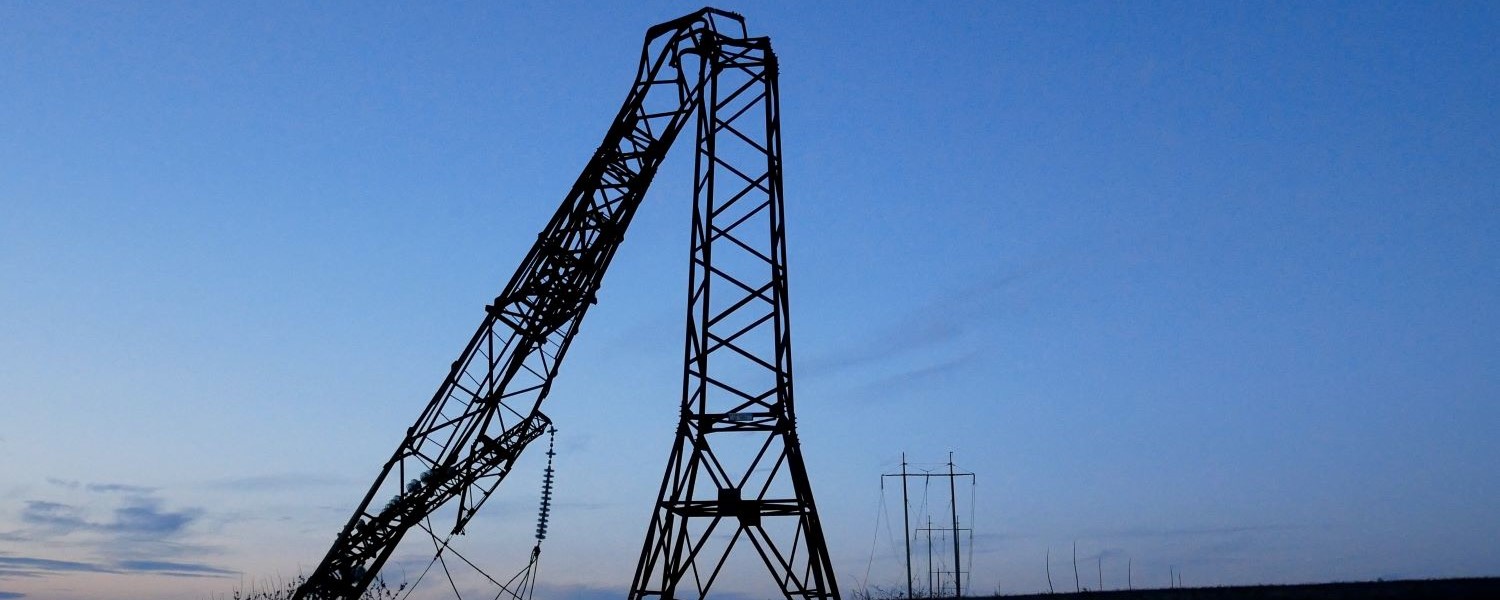Introduction to the Fast Changing Electric Landscape
The power landscape across the US is changing fast. Demand for electricity is surging, fueled by electrification, rapid data center growth and a resurgence in domestic manufacturing. This fast-rising demand comes at a time when ageing infrastructure is also under increasing threat of damage from extreme weather events.
The implications of these rising demands cannot be ignored. Blackouts are becoming common place, with unreliable power supplies impacting lives and affecting communities’ future. The cost of extreme weather events is rising: with NERC estimating that 27 weather-related events occurred in the United States and three in Canada during 2024, contributed to losses exceeding $1 billion within the bulk power system (BPS) footprint.
In addition to supporting the increasing demand created by existing customers, cooperatives must also respond to new commercial opportunities. Data centers can bring prosperity and boost the local economy and one of the fundamental demands is a high quality, reliable power supply. These energy-intensive facilities currently consume 6% to 8% of total annual electricity generation, and according to Deloitte analysis, this is expected to rise to 11% to 15% by 2030. If cooperatives are unable to provide guarantees of power availability and resilience, significant local investment will be lost to rival states.
Managing Increasing Pressure
The escalating pressure on the power grid is coming at a time when utilities are being encouraged to move towards cleaner energy, while also reinforcing infrastructure security to mitigate the risk of escalating cyber threat and meet Critical Infrastructure Security and Resilience requirements. For cooperative management teams who have enjoyed decades of steady, manageable demand for power across a stable grid network, these multiple and potentially conflicting changes represent an unprecedented challenge.
Deloitte predicts the key steps required by the industry to respond. In addition to enhancing existing grid efficiency, utilities are also exploring innovations in areas such as reliable and clean power sources. Partnerships and collaboration will also grow, with cooperatives looking to build resilience and share financial risk through a different approach to distributed energy resources and greater collaboration.
Readiness for Change
How ready is the industry to change the asset portfolio to meet these new demands? While funding is available to support essential change, including the recently unfrozen funds for the Rural Energy For America Program (REAP), Empowering Rural America (New ERA) and Powering Affordable Clean Energy (PACE) programs, grant applications are complex and require alignment with a changing energy mandate.
Endemic workforce shortage is also adding further jeopardy to the market. The industry is experiencing significant growth in employment, in part to alleviate the problems created by an ageing workforce. However, a skills gaps is emerging: over half of the current utility workforce has less than 10 years of experience. Cooperatives need to consider how to adapt workforce strategies to address skills gaps and ensure energy innovation is not compromised by a lack of knowledge or technical expertise.
Implications for the As-Built Information Gap
These diverse changes are affecting every part of the industry and, in the process, shining a spotlight on cooperative’s current information resources. Engineers require fast access to the ‘as built’ foundations, including drawings, documents and accurate engineering data. Engineering, Procurement and Construction (EPC) contract partners need trusted, accurate and detailed asset information to deliver brownfield change projects. Workers, especially newcomers, need fast access to easily understood information, from asset status to process guides and health and safety requirements to improve their productivity and efficiency.
Yet many of these information resources have been unchanged for years, even decades, as organizations enjoyed the stability of steady state demand and a stable workforce. With data relating to 100,000s of assets recorded across multiple systems in distinct siloed locations, often lacking the metadata required to enable fast, efficient searching, inadequate information is fundamentally compromising not only current agility but blocking vital innovation.
- How quickly can asset ‘as built’ status and location information be shared with engineering and supply chain partners to gain accurate cost and timing information about a project and enable efficient collaboration?
- Is the cooperative at risk of missing vital funding opportunities, including the $6 billion announced by New ERA and PACE programs, due to the lack of integrated, accurate asset information?
- How confident is the management team in the cooperative’s ability to meet escalating compliance demands, including NERC Critical Infrastructure Protection (CIP) without compromising essential innovation and expansion?
- What plans are in place to manage the transition to a younger workforce and new energy generation solutions?
After years of limited investment in information resources, cooperatives have now reached the tipping point: how will the organization respond to these diverse challenges without a single source of trusted digital information?





